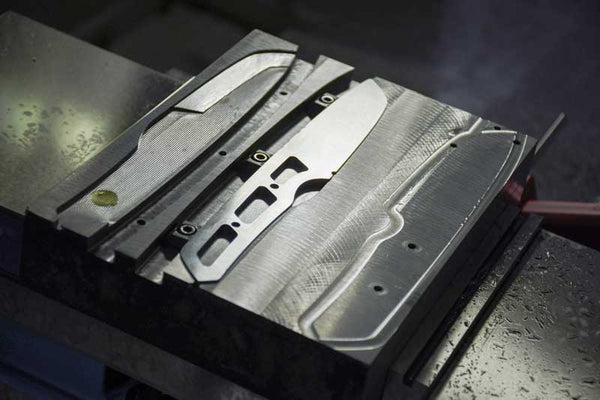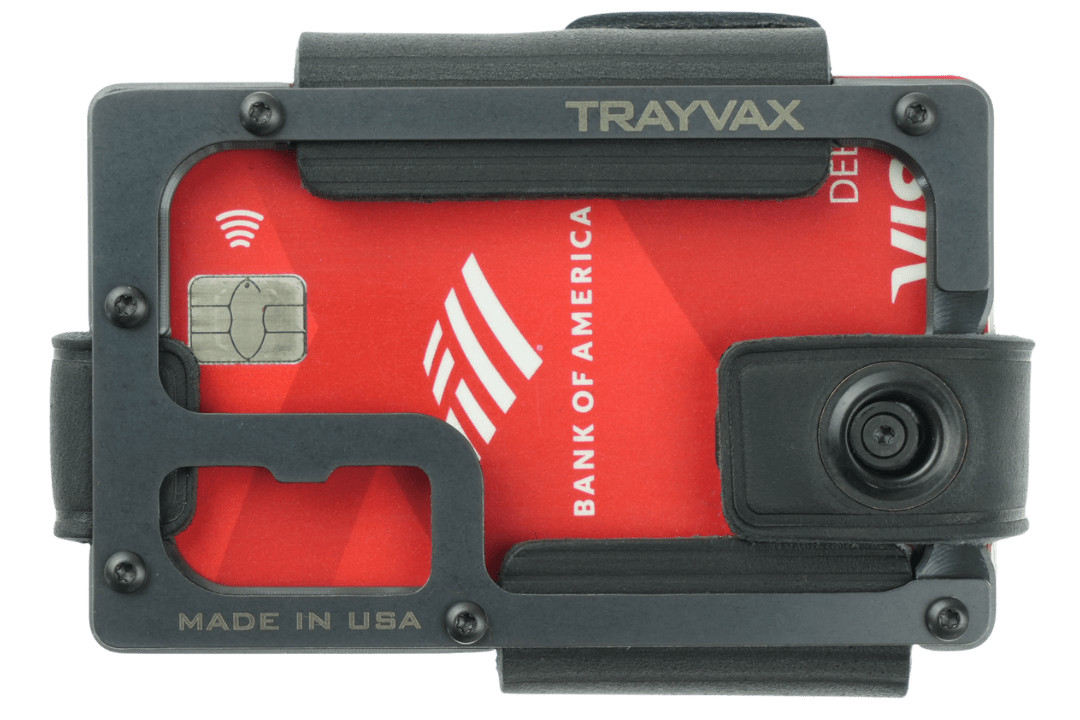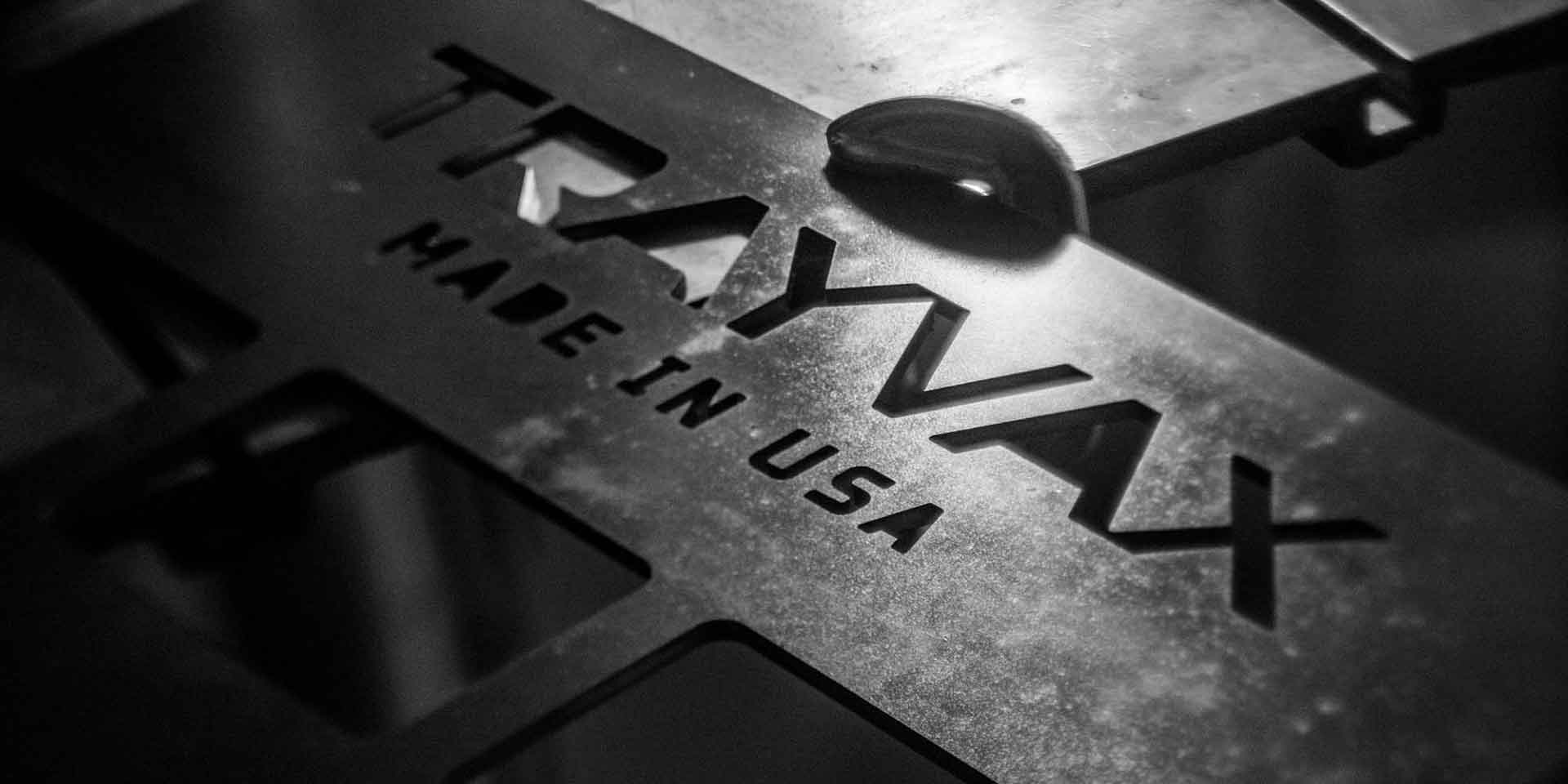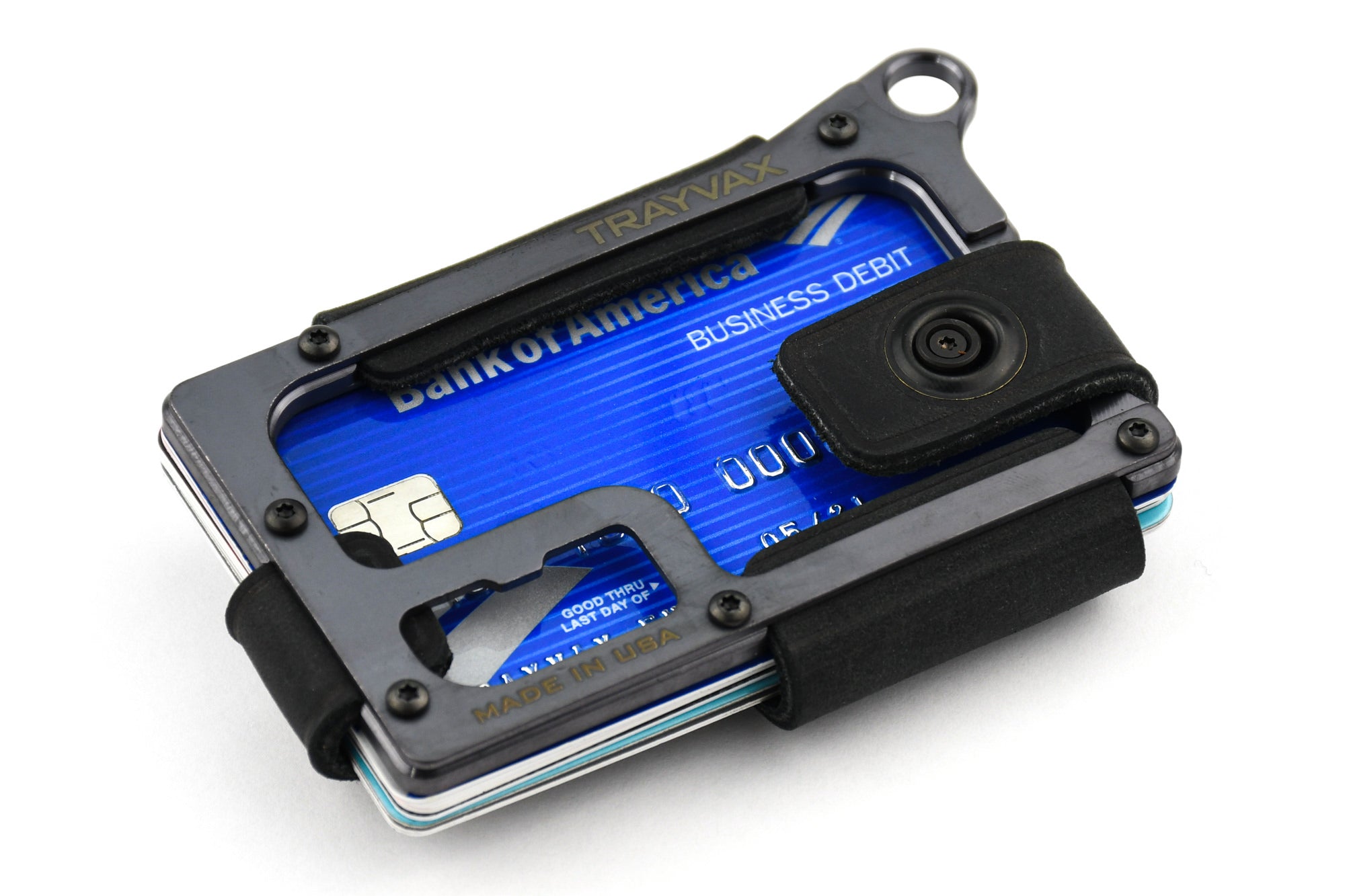We have written a lot about the material used in our Trek Field Knife, but its shape and form are of equal importance. We set out to make a knife that was true to the ideals that have guided us when creating our wallets and other accessories. Our customers value simplicity, reliability, functionality, and the ability to customize their gear. For these reasons, we designed a full tang fixed blade knife with a skeletonized frame.
Fixed Blade

The Trek Field Knife is a fixed blade, meaning it has no hinges or moving parts—it is one solid piece of steel. The main benefit here is simplicity and reliability. By avoiding small complicated parts, we avoid potential quality issues. With fewer parts, there are fewer chances for parts to fail. In survival situations or any time spent off the grid, a cutting tool is one of the most essential items. Folding knives can be great everyday carry items due to their lightweight and compact design, but the Trek Field Knife prioritizes vital and heavy outdoor tasks in which a folding blade might not hold up.
Full Tang

The “tang” of a knife refers to the extension of the blade that either attaches it to the handle or forms the handle itself. In some knives, the tang only extends through part of the handle. This is known as partial tang. On a full tang knife, the piece of metal that forms the blade extends the entire length of the handle. On some knives, like the Trek Field Knife, the tang itself is robust enough to function as a handle with no additional parts. There are many DIY ways to add scales and grips to this handle allowing for a wide range of customization.
Skeletonized Frame

The Trek Field Knife is made from a single piece of S35VN stainless steel. The CNC machining process strategically removes a few segments of this steel to form a light and ergonomic skeletonized frame. This frame maintains the strength of a full tang while greatly reducing the weight of the knife. The weight and shape is carefully balanced for controlled cutting and seemingly weightless action without compromising durability.
Hopefully this article clarified the priorities and ideals behind our Trek FIeld Knife’s design. What are your top priorities when selecting a knife? Do you have one everyday blade or do you switch it up frequently? We’d love to hear your stories in the comments.



























































Leave a comment
All comments are moderated before being published.
This site is protected by hCaptcha and the hCaptcha Privacy Policy and Terms of Service apply.